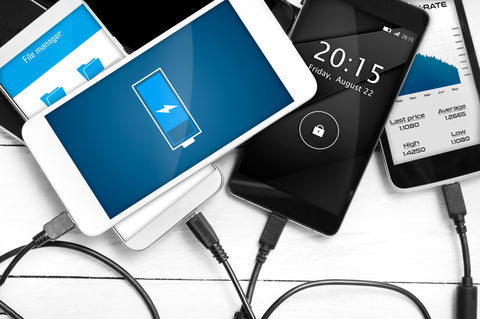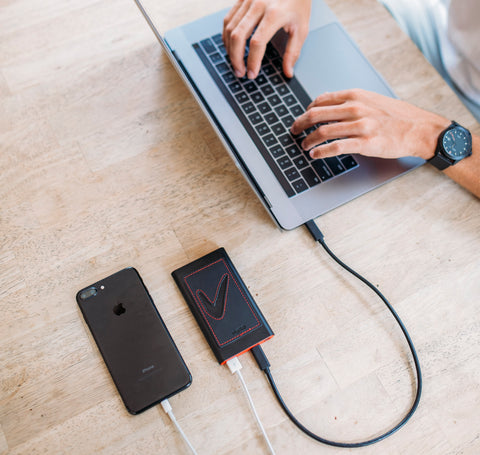If you’re currently using a modern phone (an IphoneXs/Xs Max) tablet or laptop for that matter, the chances are high that you’re already an active stakeholder in the fast charging ecosphere. You’ve probably come across it by one of its many aliases – think fast charge, quick charge, Samsung adaptive fast charging and the rest. Virtually all phone manufacturers are integrating it into their high (and even mid-end) devices, and for you the consumer it’s the reason your phone can chug up half a day’s power in as little time as it’d take to get ready for work.
-
It’s, however, more than just shortening charging times
Wait, there’s more! Fast charging goes past pumping in as much juice as your phone can handle in the shortest time possible. The technology heralds a slew of other benefits some of which have significantly improved the capability of modern devices as we know them. For one, it allows bigger more capable batteries to be packed into your favorite hardware. Without fast charging, it would take literally days to completely charge some of the buffered up battery packs that ship with modern devices, beating the whole point of including them in the first place.
Fast charging technology in devices like the Google Pixel 3/3 XL is also by virtue of its design more sensitive to temperature and power ( as well as current/voltage) changes than predecessor charging technologies, making them better at protecting the integrity of your battery (and its circuitry system). In fact, some manufacturers like Samsung go the extra mile to include proprietary fail-safe mechanisms that detect faults and correct or interrupt the charging process to protect your device. The implication of this is that devices with fast charge capability, generally outclass those without it in the battery performance and reliability departments.

-
How does it work?
To understand the exact mechanism by which fast charging works, let's take a quick basic tutorial on electricity.
Electrical power (P), what your electronic device uses to power its systems is a measure of current (A) and voltage (V). In other words, it is directly proportional to both voltage and current. If you increased the voltage or current of any conventional electrical circuit the power will be concurrently buffed up.
i.e., P= A * V
Your charger is what supplies this power to your device, but since we want to take our devices wherever we’re going without having to be tethered to a power source, this power is first of all stored in a battery – your device’s battery – as chemical energy (transformed back to electrical energy when your phone needs it)
Since P = AV, it means that stepping up the voltage or current delivered to your device, will increase the power output and invariably increase the rate of charging. Look at this way, picture a garden hose; current is the rate at which water is flowing through it and voltage is the volume of water flowing. If you increased any of the both, the volume of water released at its end (power) would also increase. This increase in flow at the end would also mean you can fill up a container (your battery) at a much faster rate.
In its basic configuration this is what fast charging does; increase the voltage or current, so your device has more power (measured in watts) to charge your battery faster.
But hold on. Why didn’t earlier charging technologies just boost voltage and current to hasten the charging process? The simple answer is that those systems were not designed to handle the voltage and current increases associated with fast charging found in phones like the iPhone Xs/Xs Max. So, in essence, fast chargers and their accompanying circuits (in the device) are specially modified electrical systems designed to safely handle and deliver the power surge associated with fast charging to your device and battery.

For more information of fast charging standard, please read our next blog post.



